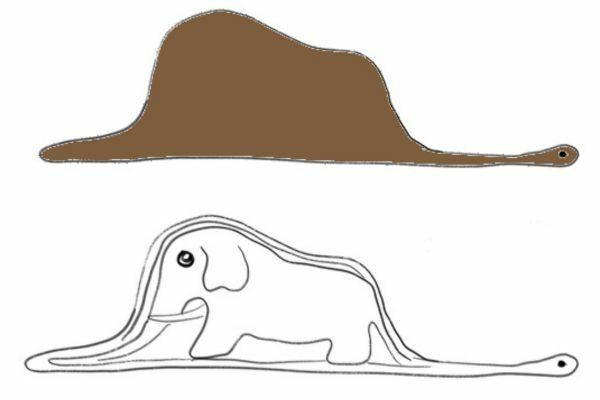The greatest difficulty for high school physics students is related to problem solving, on the most diverse fronts of the discipline.
I will present here the solution of an exercise on block interaction, related to the application of Newton's Laws.
Example 1) (UF-PE) The figure below shows three blocks of masses mA = 1.0 kg, mB = 2.0 kg and mc = 3.0 kg. The blocks move together under the action of a constant horizontal force F of 4.2 N modulus.

Disregarding friction, what is the magnitude of the net force on block B?
a) 1.0 N
b) 1.4 N
c) 1.8 N
d) 2.2 N
e) 2.6 N
Solution.
First we must know that F = m.a (Newton's second law). We must also know that the three bodies move with the same acceleration, and that this acceleration has the same direction and direction as the force F.
So we can calculate the acceleration of the blocks by the Isolated Body System (SCI)
In the figure below we represent the forces acting on A, B and C

Where F is the applied force.
FThe in the first block is the reaction of
Fa in the second block is the action of The in B due to F
Fc in the second block is the reaction of ç in B due to F
Fc in the third block is the action of de B in ç due to F
n is the normal force and p is the weight force in the three cases
Simplifying the weights with the normal reaction forces in each case we have to:

As F = 4.2 N, we have:
4.2 = (1.0 + 2.0 + 3.0).a
a = 4.2/6
a = 0.7 m/s2
Once the acceleration is found, we must find the resultant value in B.
The resultant in B is: FB = FTHE – FÇ
Subtracting equations B and C we have:
FTHE = (mB + mÇ). The
FTHE = (2,0 + 3,0). 0,7
FTHE = 5,0. 0,7
FTHE = 3.5 N
Finding the F valueÇ
FÇ = mÇ. The
FÇ = 3,0. 0,7
FÇ = 2.1 N
Thus:
FB = 3,5 – 2,1
FB = 1.4 N
We then conclude that the net force on B is equal to 1.4 N.
By Kléber Cavalcante
Graduated in Physics
Brazil School Team
mechanics - Physics - Brazil School
Source: Brazil School - https://brasilescola.uol.com.br/fisica/aplicacao-das-leis-newton.htm


